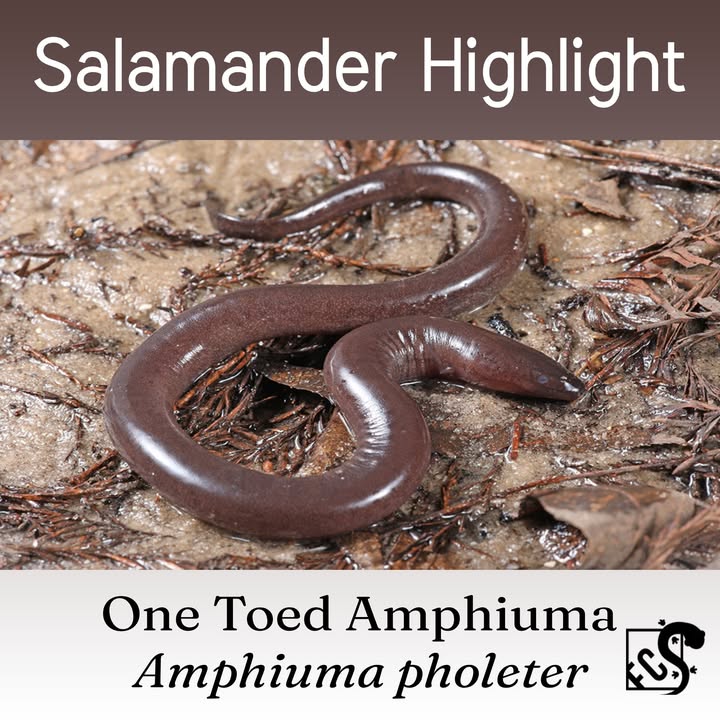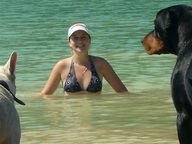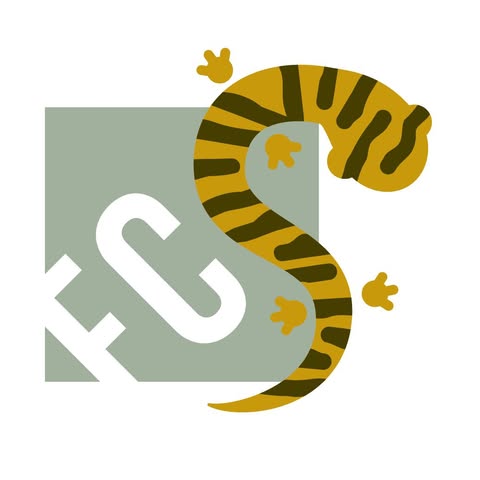
Foundation for the Conservation of Salamanders
A non-profit organization working to connect sustainable practices with salamander conservation, education and research support.

ICO
474084373
3700
Web
Sign in to see organisation website
Address
Falls Church
Foundation for the Conservation of Salamanders Foundation forthe Conservation of Salamanders Home About Us Initiatives Grants Resources Donate Merch More Keep the World Slimy Stay Connected. Want to keep up to date about events grants and conservation initiatives. Sign up for our newsletter. Ambystoma annulatum photo by Matt Neff Plethodon fourchensis photo by Matt Neff Plethodon wehrlei photo by Matt Neff Ambystoma annulatum photo by Matt Neff PHOTO CONTESTwinners have been announced on our Facebook and Instagram accounts.
From Social media
News about from their social media (Facebook and X).
Salamander Highlight: The One Toed Amphiuma • Being a member of the family amphiumidae, Amphiuma pholeter possess a very strange eel-like body plan for a salamander, with their legs being significantly reduced and their body very elongated. To top it off, as their name suggests, these salamanders only have one toe on each foot, differentiating them from their relatives which have two and three toes (how convenient). A.
Like Comment
This is the Alpine Salamander (Salamandra atra). This unsuspecting species holds the title for the longest gestation period of any amphibian, with females holding their young for up to 4 years long. This stat also makes it a contender for one of the longest gestation periods in any animal in general.
Like Comment
Data about organisation
Fund Raising and/or Fund Distribution Category
Organisations with similar rank to Foundation for the Conservation of Salamanders in category Fund Raising and/or Fund Distribution

Relay for Rescue is an all-encompassing 501(c)3 animal welfare organization dedicated to helping multiple local animal welfare organizations build awareness, attract supporters, and raise money while having fun.

155. MAX'S HELPING PAWS FOUNDATION
We provide financial rescue to low income pet owners with a dog or cat in a health crisis.

156. Foundation for the Conservation of Salamanders
A non-profit organization working to connect sustainable practices with salamander conservation, education and research support.
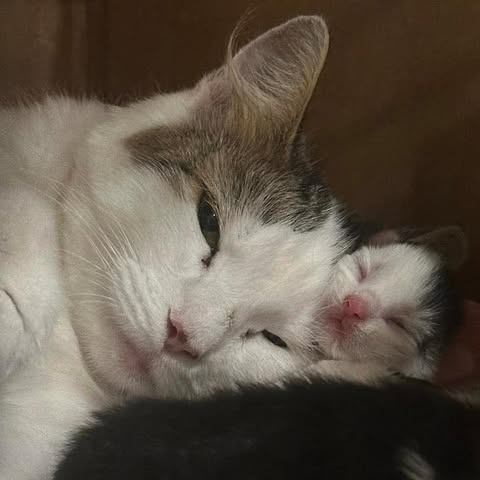
MA License 196.

We are a registered 501c3 nonprofit organization dedicated to animal welfare throughout the greater Seattle area.
Falls Church
Organisations from Foundation for the Conservation of Salamanders

71. National Homeland Security Association Inc
The national annual mtg of local, state, and federal homeland security & public safety professionals.

73. Foundation for the Conservation of Salamanders
A non-profit organization working to connect sustainable practices with salamander conservation, education and research support.

74. The Foundation of the Wall and Ceiling Industry Inc
Founded March 11, 1918, AWCI's mission is to provide services and undertake activities that enhance the members' ability to operate a successful business.

75. ASSOCIATION OF THE WALL AND CEILING INDUSTRY
Founded March 11, 1918, AWCI's mission is to provide services and undertake activities that enhance the members' ability to operate a successful business.
Similar organisations
Similar organisations to Foundation for the Conservation of Salamanders based on mission, location, activites.

A NJ 501c3 volunteer based animal rescue welcoming all breeds.
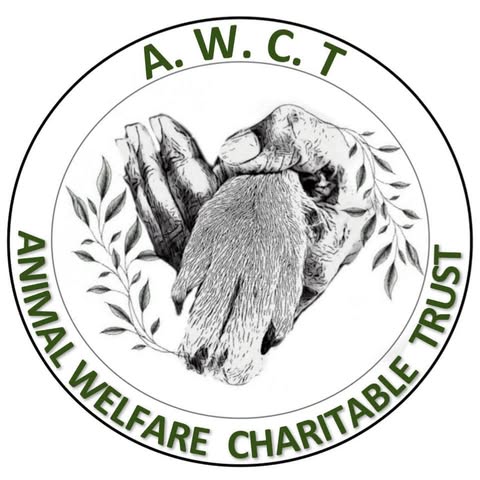
𝗔𝗻𝗶𝗺𝗮𝗹𝗪𝗲𝗹𝗳𝗮𝗿𝗲𝗖𝗵𝗮𝗿𝗶𝘁𝗮𝗯𝗹𝗲𝗧𝗿𝘂𝘀𝘁, Amritsar is a non-profit organization aiming to reduce the population of the street(Indie) dogs using humane methods and interventions.
Similar Organisations Worldwide
Organisations in the world similar to Foundation for the Conservation of Salamanders.

SAVING ANIMALS OF OUR WORLD Protecting endangered species & Enabling biodiversity to thrive.

AMPHIBIAN AND REPTILE CONSERVATION TRUST (uk)
Amphibian and Reptile Conservation - help us give a voice to the UK's disappearing frogs, toads, newts, snakes and lizards.

THE HERPETOLOGICAL CONSERVATION TRUST (uk)
Amphibian and Reptile Conservation - help us give a voice to the UK's disappearing frogs, toads, newts, snakes and lizards.

THE ZOOLOGICAL SOCIETY OF LONDON (uk)
A science-driven conservation charity.
Interesting nearby
Interesting organisations close by to residence of Foundation for the Conservation of Salamanders
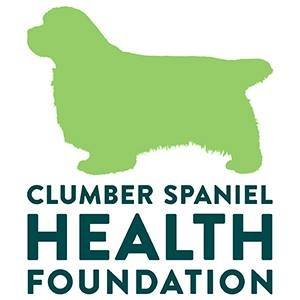
Clumber Spaniel Health Foundation, Inc.
For the dogs.

Foundation for the Conservation of Salamanders
A non-profit organization working to connect sustainable practices with salamander conservation, education and research support.
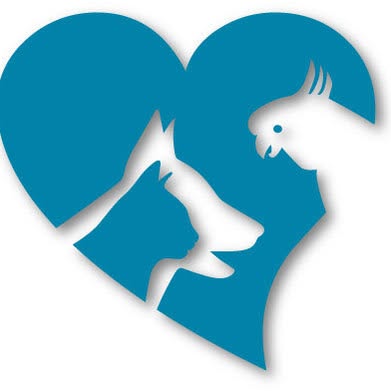
The Pender Family of Pet Care Companies.
Similar social media (3700)
Organisations with similar social media impact to Foundation for the Conservation of Salamanders
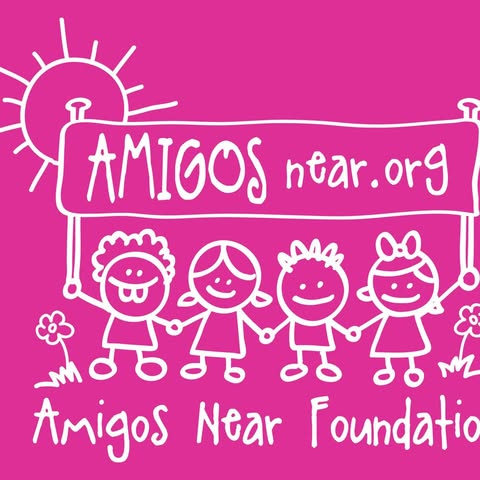
94240. AMIGOS NEAR FOUNDATION INC
Amigos Near is a Certified 501(c)(3) non-profit foundation with a mission to help underprivileged kids around the world.

94241. Art Barn School of Art Inc
Art Barn School is dedicated to fostering the love of art for artists of all ages and abilities.

94242. Foundation for the Conservation of Salamanders
A non-profit organization working to connect sustainable practices with salamander conservation, education and research support.

94243. Black Hills Home Builders Association
The Black Hills Home Builders Association (BHHBA), a non-profit professional trade organization, serves as an advocate for those involved in the building industry and focuses on creating an environment that provides the opportunity of homeownership.

94244. Young Mens Christian Association of Scottsbluff Nebraska
The Scottsbluff Family YMCA welcomes everyone and we strive to keep our members safe.
Join us and make a difference for the future!
Sign Up
Please fill in your information. Everything is free, we might contact you with updates (but cancel any time!)
Sign in with Google